Indoor Geomagnetic Positioning Based on Joint Algorithm of Particle Filter
-
摘要: 室内地磁场受钢结构与其它铁磁材料的影响,造成磁场区域局部异常,使室内地磁场具有特异性. 受益于此种现象,室内地磁定位技术得以实现. 然而在大型建筑中地磁场的特异性会减弱,这导致定位结果出现模糊现象. 针对这一现象,文中提出了基于路径匹配的室内地磁定位技术,通过增加匹配特征数量来解决此问题. 使用基于动态时间规整(dynamic time warp,DTW)算法与粒子滤波(particle filter,PF)算法的新型联合算法,并以路径匹配的模式对目标进行追踪. 在匹配过程中又通过计算斯皮尔曼等级(Spearman)相关系数确定路径之间的相似度,使之作为辅助定位. 最后用装载了磁传感器的测量机器人进行实验验证,结果表明:路径匹配具有足够的地磁特征数量,能够解决特异性减弱情况下定位结果模糊现象,且定位精度优于1 m.Abstract: The indoor geomagnetic field is affected by the presence of a steel structure and other ferromagnetic materials, causing local anomalies in the magnetic field region and and a unique indoor magnetic field. Indoor geomagnetic positioning technology can be realized by exploiting this phenomenon. However, in large buildings, the specificity of the geomagnetic field is weakened, which leads to the distortion of positioning results. To overcome this problem, an indoor geomagnetic positioning technology based on path matching was proposed, which increases the number of matching features. A new joint algorithm was used combining the dynamic time warp algorithm with the particle filter algorithm, which can track the target in a path matching mode. In the matching process, the similarity between the paths was determined by calculating the Spearman correlation coefficient, to assist the positioning. Finally, experimental verification was performed using a measuring robot loaded with a magnetic sensor. The results show that the path matching exhibits a sufficient number of geomagnetic features, which can overcome the phenomenon of blurring the positioning results under the condition of weakening specificity, and the positioning accuracy is higher than 1 m.
-
Key words:
- particle filter /
- geomagnetic field /
- dynamic time warp /
- indoor positioning systems /
- target tracking
-
表 1 不同粒子数匹配时间
Table 1. Time required to match different particle counts
N 100 200 300 400 500 600 时间/s 1.92 2.96 3.84 4.73 5.72 6.71 -
VALVERDE T G, SOLA A G, HAGRAS H, et al. A fuzzy logic-based system for indoor localization using WiFi in ambient intelligent environments[J]. IEEE Transactions on Fuzzy Systems, 2013, 21(4): 702-718. LUOH L. ZigBee-based intelligent indoor positioning system soft computing[J]. Soft Comput., 2013, 18: 443-456. NI L M, LIU Yunhao, LAU Y C, et al. LANDMARC: indoor location sensing using active RFID[C]//Proceedings of the First IEEE International Conference on Pervasive Computing and Communications, 2003, Fort Worth: [s.n.], 2003: 407-415 SKVORTZOV V Y, LEE H K, BANG S, et al. Application of electronic compass for mobile robot in an indoor environment[C]//IEEE International Conference on Robotics and Automation. [S.l.]: IEEE, 2007: 2963-2970 LI B, GALLAGHER T, DEMPSTER A G, et al, How feasible is the use of magnetic field alone for indoor positioning?[C]//2012 International Conference on Indoor Positioning and Indoor Navigation (IPIN). Sydney: [s.n.], 2012: 1-9 SUKSAKULCHAI S, THONGCHAI S, WILKES D M, et al. Mobile robot localization using an electronic compass for corridor environment[C/OL]//2000 IEEE International Conference on Systems, Man, and Cybernetics. Nashville: IEEE, 2000, 5: 3354-3359 SIIKSAKULCHAI S, THONGCHAI S, WILKES D M, et al. Mobile robot localization using an electronic compass for corridor environment[C/OL]//IEEE International Conference on Systems, 2000[2017-12-12]. http://www8.cs.umu.se/research/ifor/dl/LOCALIZATION-NAVIGATION/Mobile%20Robot%20Localization%20using%20an%20Electronic%20Compass%20for%20Corridor.pdf Kim S E, Kim Y, Yoon J, et al. Indoor positioning system using geomagnetic anomalies for smartphones[C/OL]//2012 International Conference on Indoor Positioning and Indoor Navigation. Sydney: University of New South Wales, 2012[2017-10-22]. https://ieeexplore.ieee.org/abstract/document/6418947 FRASSL M, ANGERMANN M, LICHTENSTERN M, et al. Magnetic maps of indoor environments for precise localization of legged and non-legged locomotion[C]//IEEE International Conference on Intelligent Robots and Systems. [S.l.]: IEEE, 2013: 913-920 PUTTA R, MISRA M, KAPOOR D. Smartphone based indoor tracking using magnetic and indoor maps[C]//2015 IEEE Tenth International Conference on Intelligent Sensors, Sensor Networks and Information Processing. Singapore: IEEE, 2015: 7-9 LI B, GALLAGHER T, RIZOS C, et al. Using geomagnetic field for indoor positioning[J]. J. Appl. Geod., 2013, 7: 299-308. RIEHLE T H, ANDERSON S M, LICHTER P A, et al. Indoor waypoint navigation via magnetic anomalies[C]//2011 Annual International Conference of the IEEE Engineering in Medicine and Biology Society. Boston: IEEE, 2011: 5315-5318 黄鹤,赵焰,王春来,等. 地磁室内定位基准图数据采集系统设计[J]. 测绘通报,2017(2): 54-59.HUANG He, ZHAO Yan, WANG Chunlai, et al. Design of the acquisition system of indoor positioning reference map based on magnetic field data[J]. Bulletin of Surveying and Mapping, 2017(2): 54-59. 期刊类型引用(9)
1. 顾秋涵,赵文彬,郑欣,徐斌. 考虑双维波动性的地铁冲击负荷网储协同平抑策略. 电工电能新技术. 2024(01): 32-42 .  百度学术
百度学术2. 王奎. 地铁主变压器容量确定方法研究. 铁道建筑技术. 2024(06): 16-19+29 .  百度学术
百度学术3. 蒋忠浩. 高速铁路牵引变电所可靠性评估技术研究. 设备管理与维修. 2023(08): 44-46 .  百度学术
百度学术4. 宋立立,孙妍. 基于决策树的实民用建筑供电可靠性智能评估算法. 粉煤灰综合利用. 2023(06): 128-133 .  百度学术
百度学术5. 李辉,保富,陆光前,闵侯,何磊. 配网供电可靠性多维度大数据分析方法研究. 信息安全研究. 2022(01): 79-84 .  百度学术
百度学术6. 杨茜茜,耿丽松,张宇. 光纤陀螺冗余可修复系统可靠性评估. 中国测试. 2022(03): 150-156 .  百度学术
百度学术7. 李国玉,张戬,孟勇亮. 基于Bagging算法的地铁供电系统故障诊断方法. 自动化技术与应用. 2022(09): 110-112 .  百度学术
百度学术8. 范广. 试论地铁供电系统中环网供电技术及环网电缆安装施工. 新型工业化. 2022(10): 17-20+33 .  百度学术
百度学术9. 陈建忠. 地铁供电系统中压环网结构及继电保护优化分析——以福州地铁轨道交通为例. 光源与照明. 2022(12): 213-215 .  百度学术
百度学术其他类型引用(5)
-





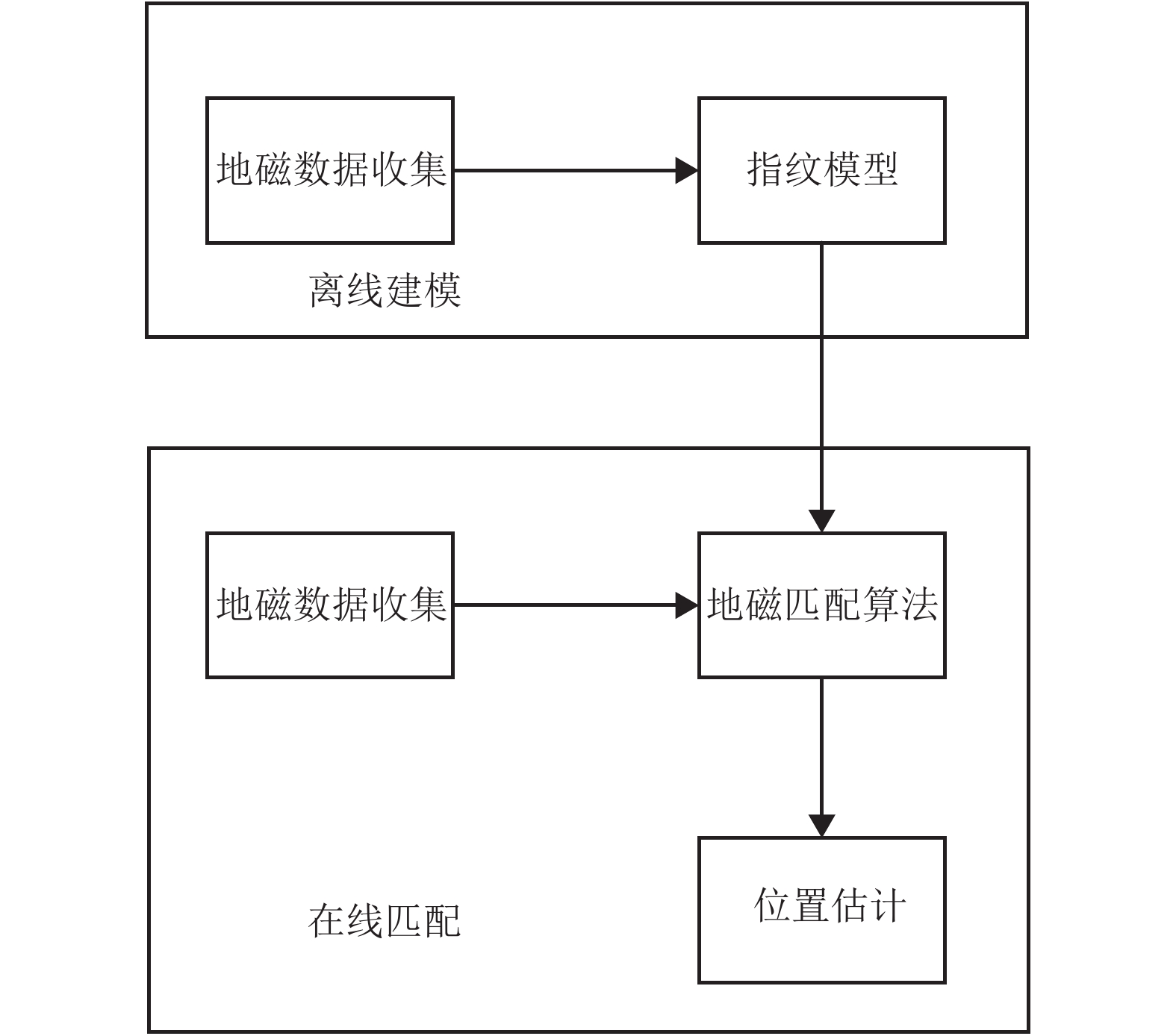
 下载:
下载:
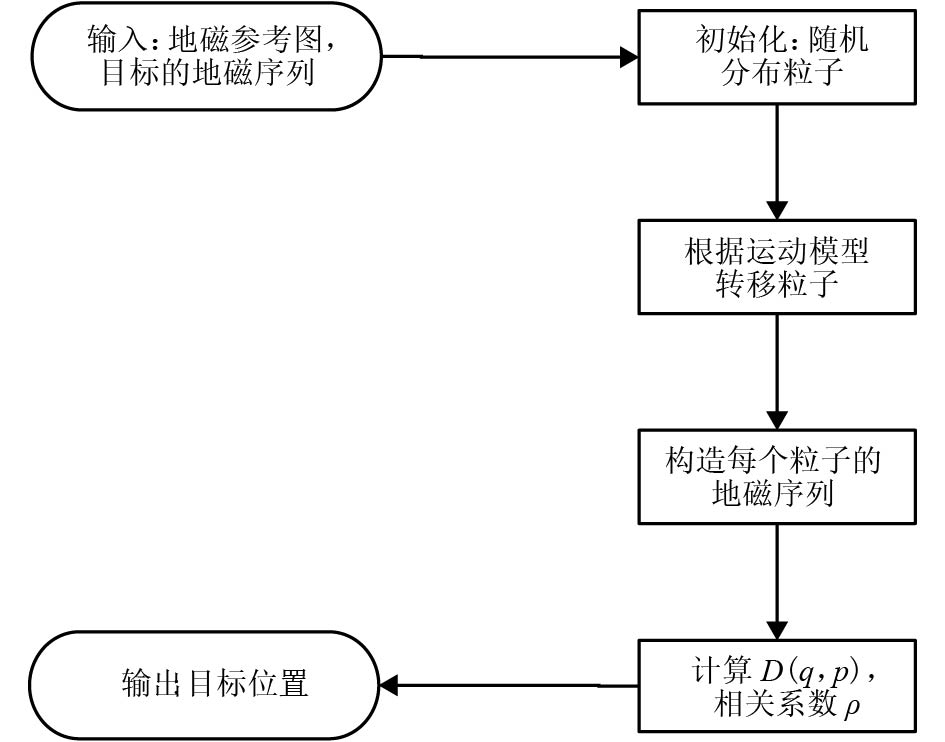

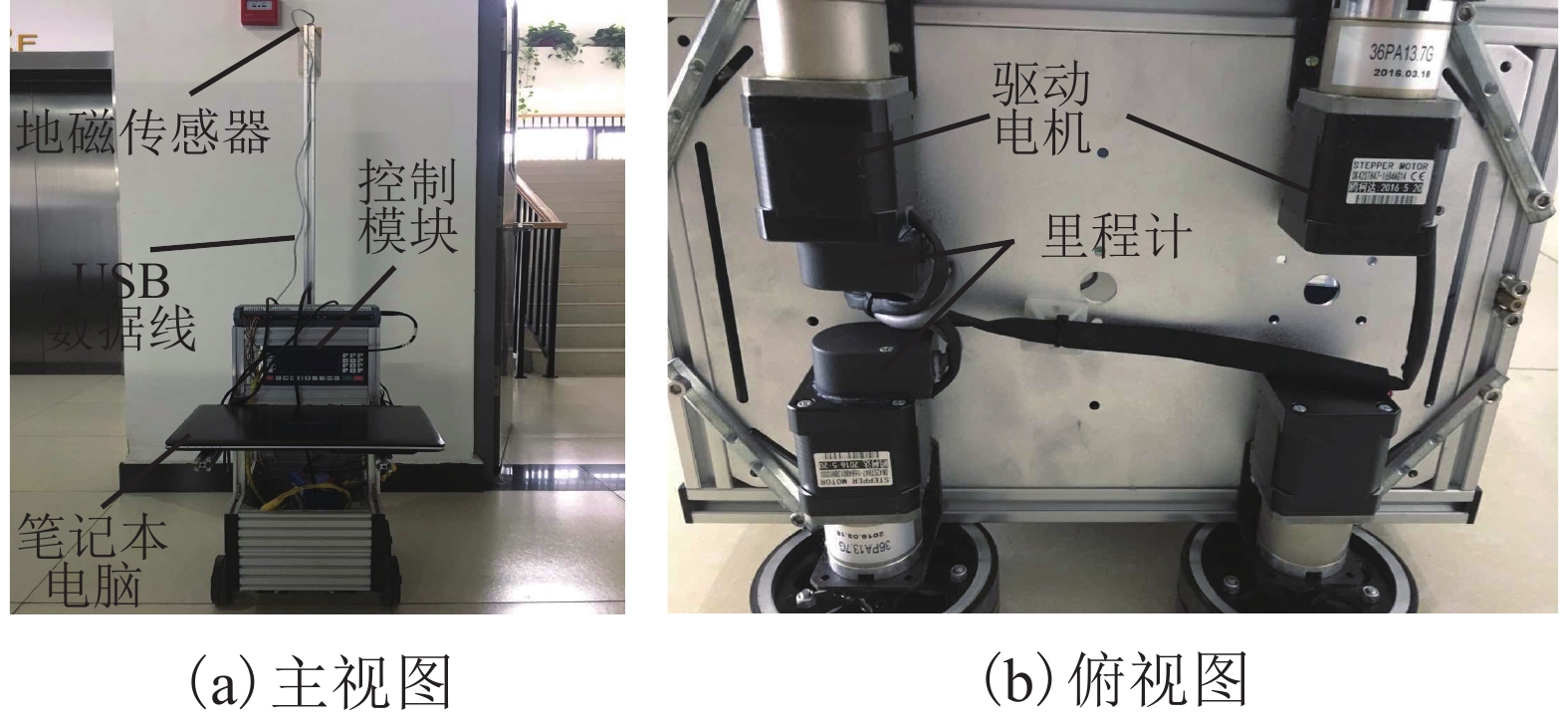


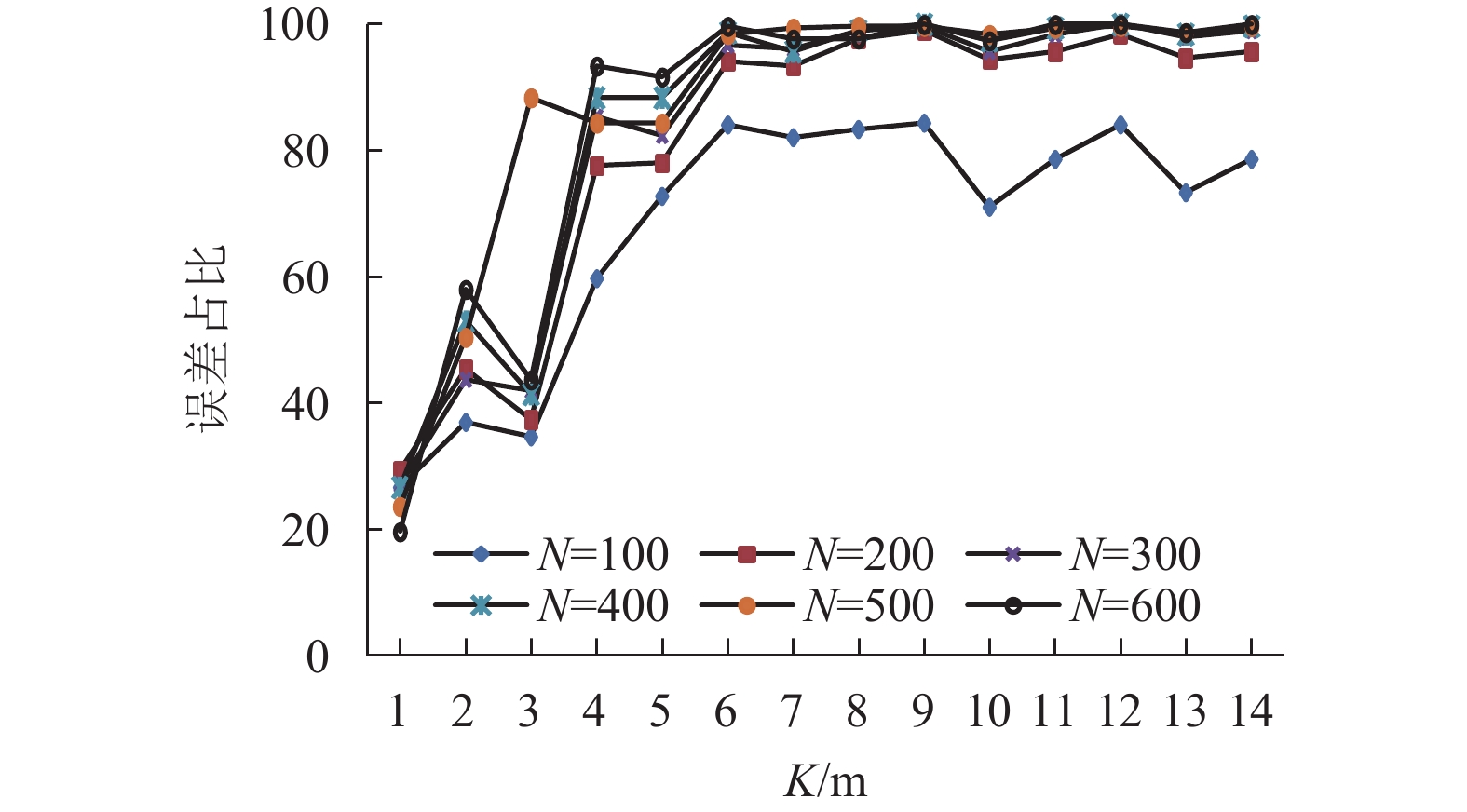
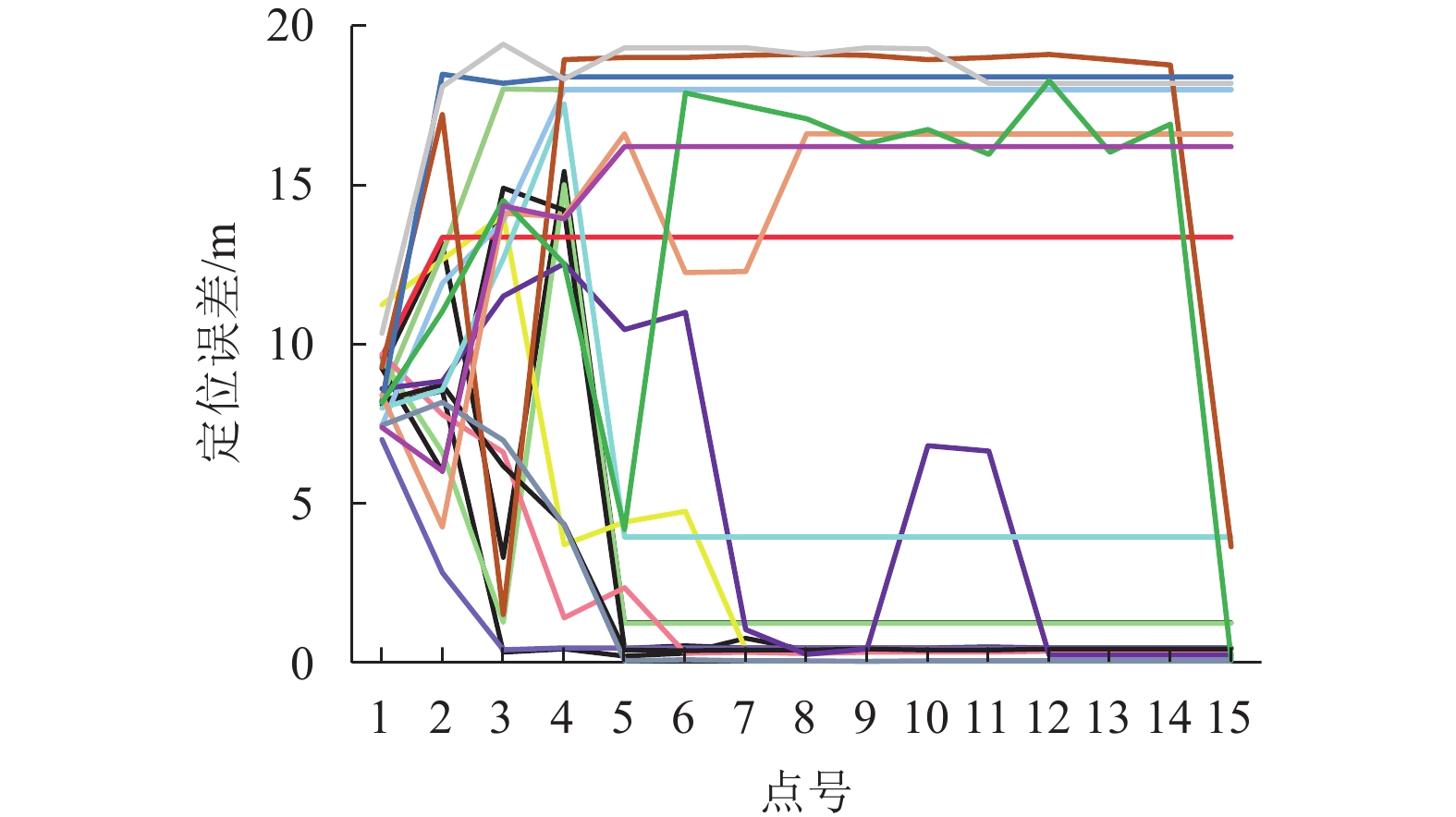
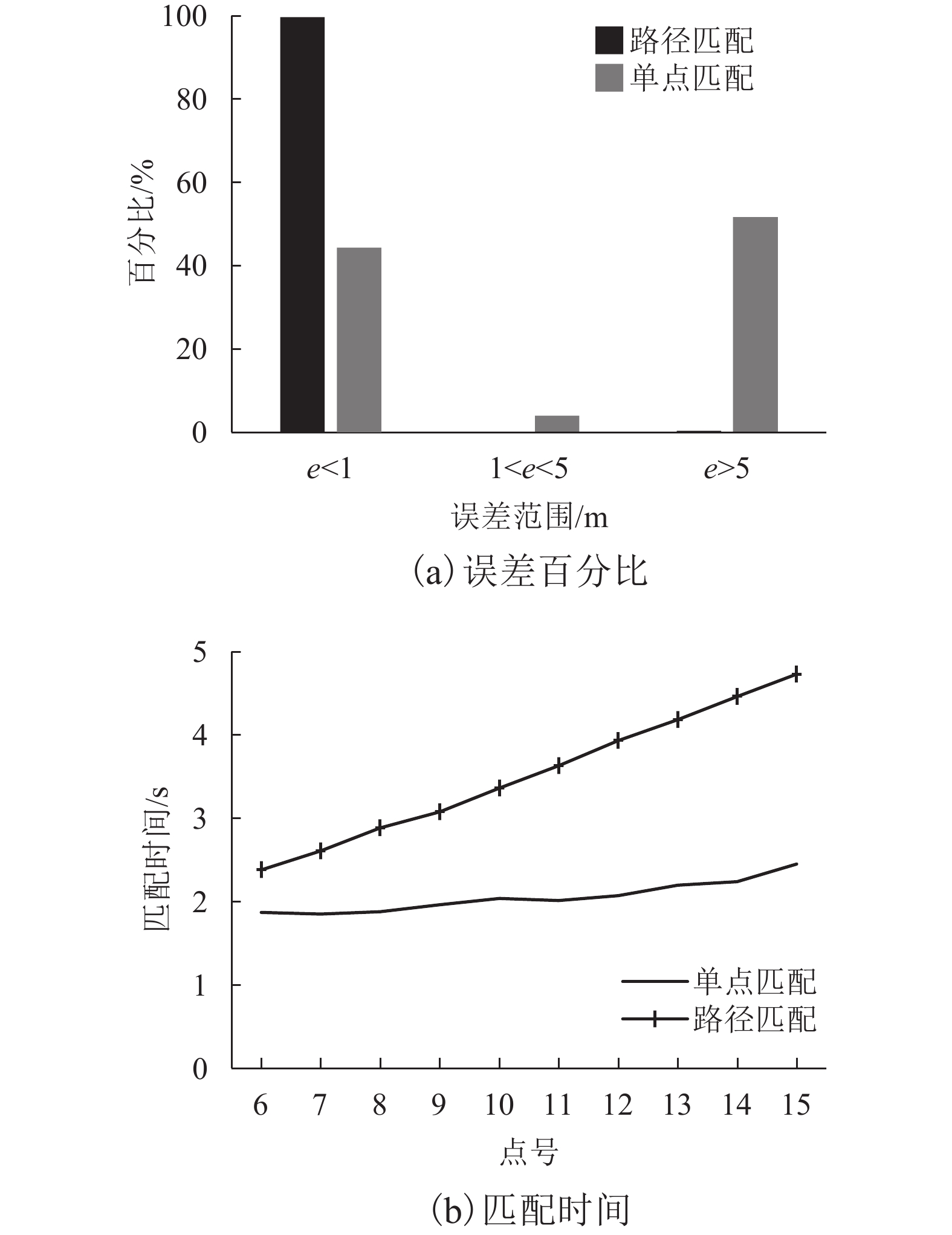


 百度学术
百度学术
